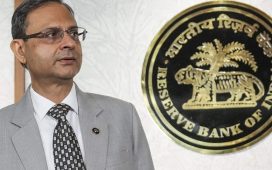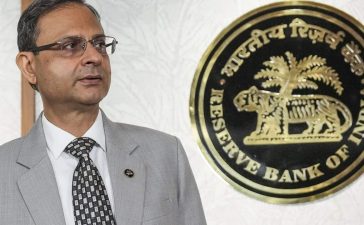
The overnight money market segment, which is used by various financial sector players for immediate funding requirements, is broadly made up of the call money market, the tri-party repo (Treps) market and the market repo segment. According to the RBI’s monetary policy framework, the weighted average call rate (WACR) is the operating target through which the central bank aims to “facilitate transmission of repo rate changes through the entire financial system”.
This implies that whenever the RBI raises or lowers the repo rate, the WACR aligns with the new benchmark policy rate and accordingly financial market instruments of various tenures that use the call rate as a basis for overnight funding costs go on to reflect the central bank’s rate changes.
At present, however, the volumes in the call money market are less than 2% of the overall volumes in the overnight money market segment, while the rates in the other market segments display sharper divergences with the repo rate than the call rate. An analysis of RBI data showed that from September 24 to October 24, daily average volumes in the overnight money market segment were at ₹4.78 lakh crore while those in the call market were at ₹8,767 crore.
The bulk of volumes in the overnight segment are in the Treps segment, which permits participation by a broader set of market participants such as mutual funds and insurance companies in addition to banks. The call money market is restricted to only banks.
” The Treps market volume is now double the combined values of repo and uncollateralized call/notice/term. The interest earned through Treps fares much better than similar yields offered by banks on short duration deposits, incentivizing MFs (mutual funds) to incrementally side with Treps while banks benefit through ultra flexibility, pledging securities and borrowing for short duration, helping in asset-liability management,” State Bank of India‘s economists wrote earlier this month.An analysis of daily RBI data showed that while the WACR was lower than the call rate every day from October 1 to October 19, it was more closely aligned to the repo rate than the overnight money market segment.”The committee, based on the assessment of trends in money markets and evolutions in the market infrastructure for these markets, was of the opinion that the market for repo in government securities (Treps and market repo) which accounts for 98% of overnight money markets and include participation from both banks and non-banks may be more representative of the overnight market funding rate than call money market,” a report recently published by the RBI read.











